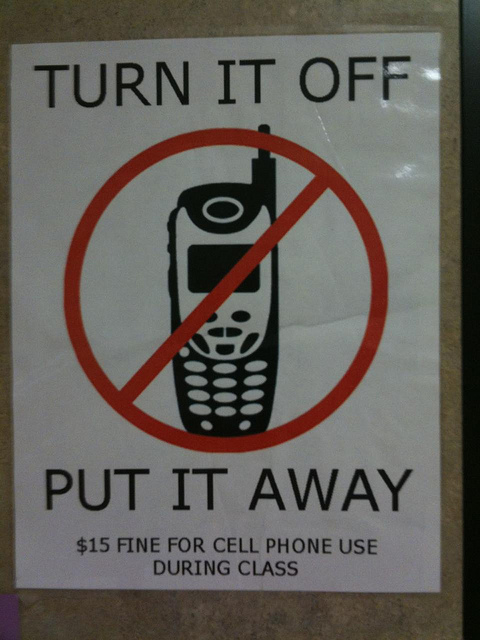Digital Divide
Stuart Selber (2004) also recognized that engaging in technological literacies—on any level—can be a daunting task for the instructor not accustomed to teaching with technology. Writing about activities that help students recognize the rhetoric in website interface design, Selber reflected, “Teachers who are responsible for helping students become rhetorically literate might feel nervous about this prospect” (p. 182). In much the same way that instructors may not have been comfortable teaching about visual and website design rhetoric in the early 2000s, they may likewise not be comfortable teaching cell phone composing practices in the 2010s. Selber’s observation about apprehensive teachers in the humanities is an astute one, no doubt felt by many as we struggle to consider how to bring critical, rhetorical, productive energies to bear on such a diverse array of associated literacies.

In “Technology and Literacy: A Story about the Perils of Not Paying Attention,” Cynthia Selfe (1999) addressed the value of higher-order literacy habits and argued that we can no longer afford to ignore the complicated cognitive levels of access involved in the development of technological literacy. Selfe explained that focusing on material and functional access while educating students as consumers is not enough, “without also helping them learn how to become critical thinkers about technology and the social issues surrounding its use” (p. 432). Composition teachers are less able to aid students in becoming critical users of technology if they are likewise neglectful of emergent technological literacies—and certainly not if they are ignorant of the technologies that students use every day.
Others have followed up Selfe’s (1999) observations with more specific definitions, such as Stephanie Vie’s (2008) description of the “Digital Divide 2.0”—situations “where students are often more technologically adept than their instructors” (p. 10). Such a gap may be troubling in at least three ways—to researchers commenting on the state of the field in general, to instructors who must face such a divide in writing classrooms, and to students to do not see connections between all of their writing, communication, and rhetorical activities.
